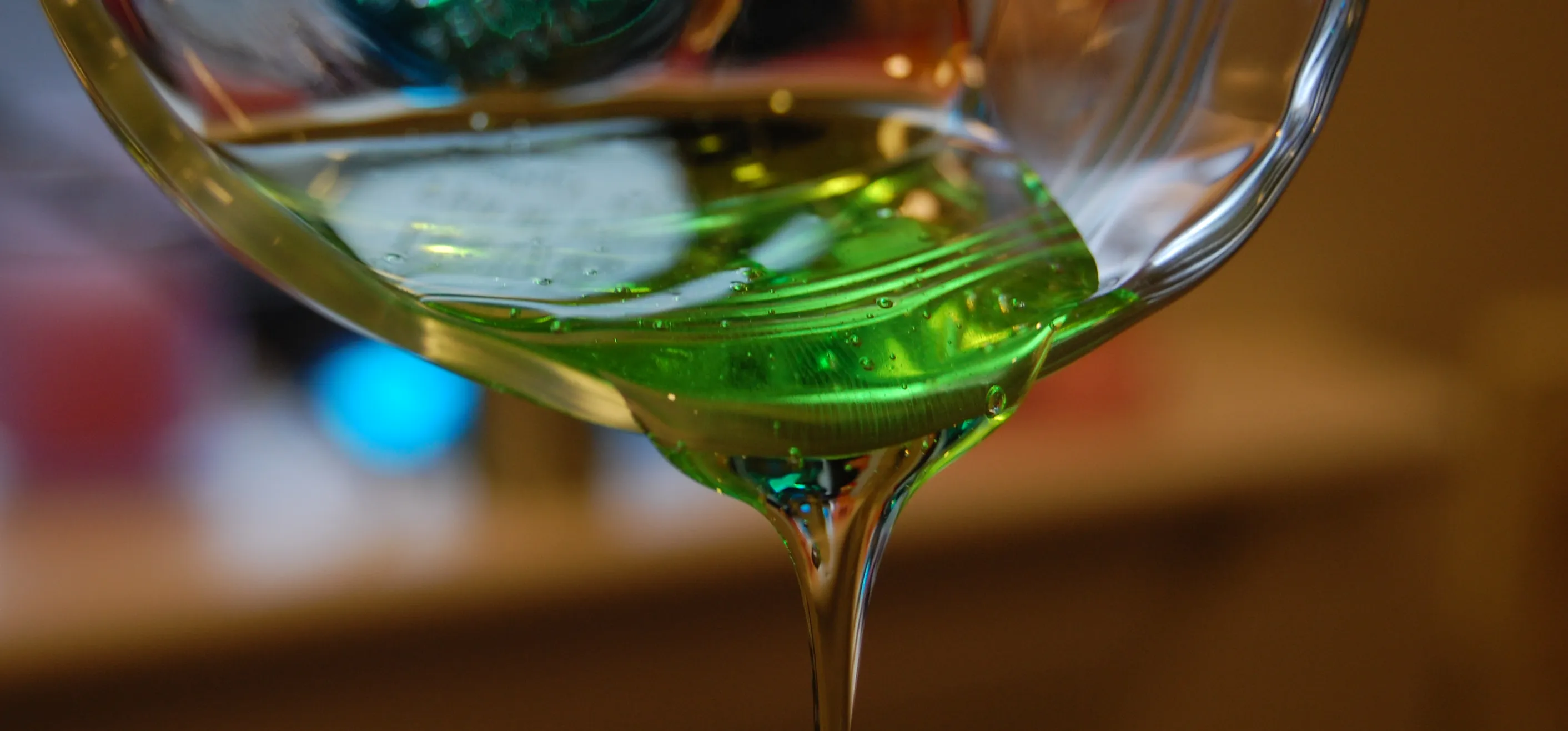Find out how everything in a chemistry lab works, from pipettes to burners to recrystallization to storage. You'll get precise instructions on how to work and perform certain scientific duties in the chem lab, whether it's chemical or just ordinary high school science.
Watch this video on how to perform thin-layer chromatography in the chemistry lab. The movie explains thin-layer chromatography with a 10 cm plate. When you use a 5 cm plate, set the starting line and the related matters lower than those in the explanation.
Thin-layer chromatography is carried out with a glass, aluminum, or plastic plate coated with silica gel. When one of the edges of the plate is dipped in a developing solvent, the sample moves along with the solvent. The mobility of samples depends on their properties. This method is utilized for checking the purity of a product and the progress of a reaction.
The Rf (rate of flow) value is usually constant under fixed conditions such as TLC plate, developing solvent, and temperature. Therefore, each compound can be identified based on the Rf value along with the shape and color of its spot. The Rf value is usually recorded to the second decimal place.
Hold the sides of a TLC plate or use tweezers not to touch the silica gel surface. Do not spot too many samples at once on a TLC plate because a large spot gives improper results. Use safety glasses for protection from UV rays when you use a UV lamp for detection.






















Comments
Be the first, drop a comment!